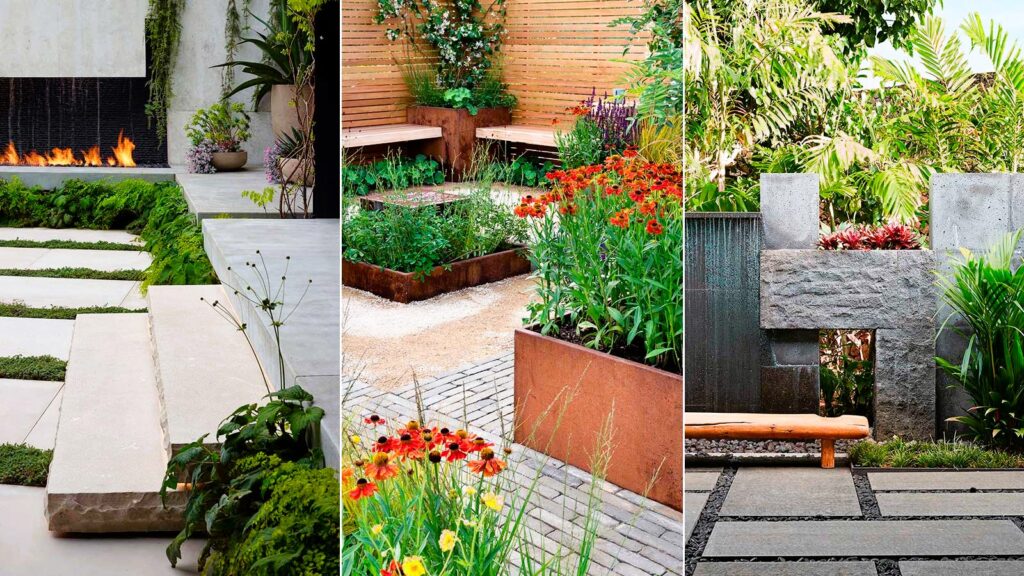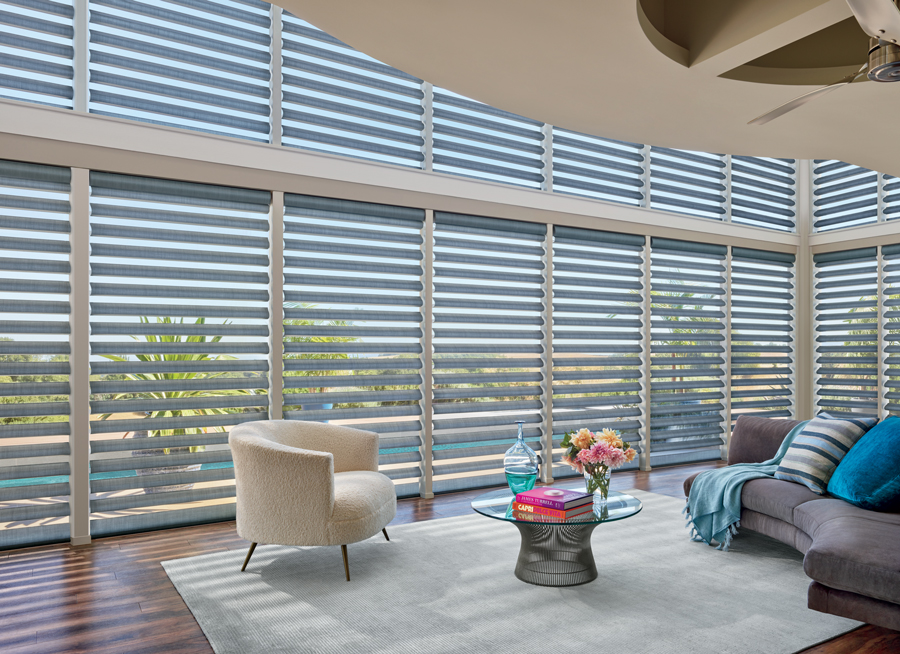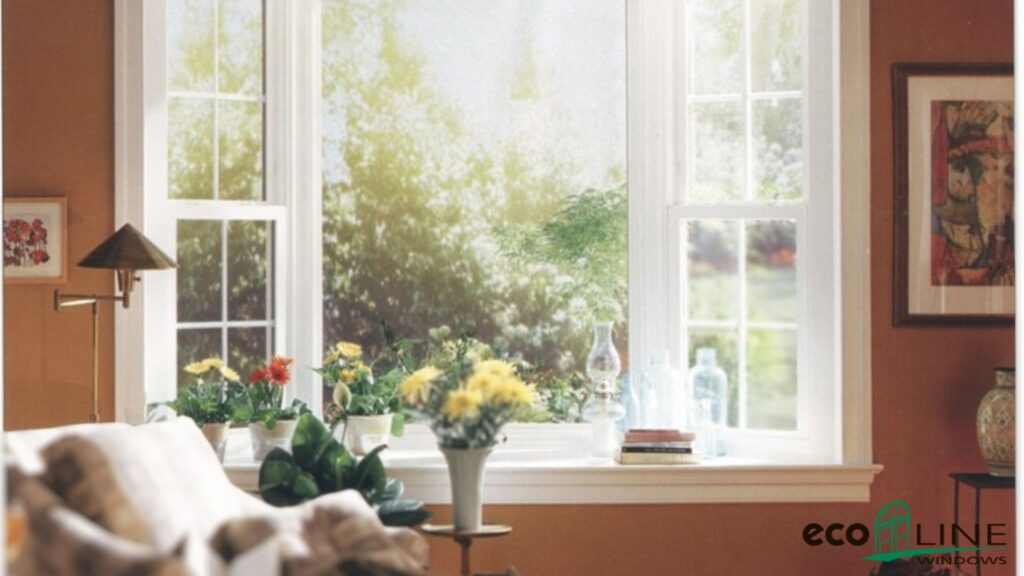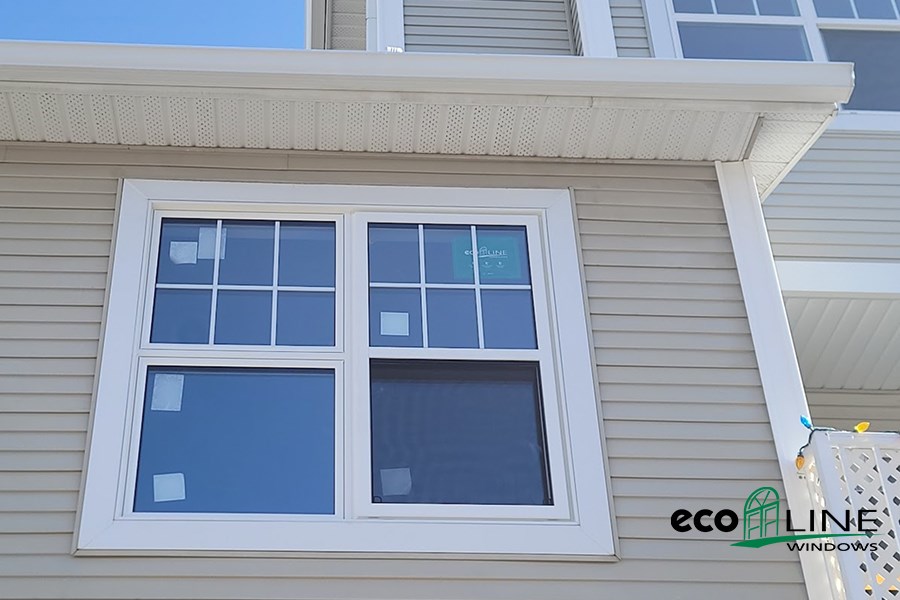
Landscaping plays a significant role in enhancing the beauty and functionality of outdoor spaces, especially in a diverse country like Canada. The choice of landscape design style can greatly influence the overall look and feel of your yard. In this article, we will explore some of the popular landscape design styles for Canadian yards, helping you find the perfect style to suit your preferences and environment.
1. Naturalistic and Native Landscaping
Naturalistic landscaping emphasizes the use of native plants and materials, creating a garden that blends seamlessly with the surrounding environment. In Canada, this style is particularly popular due to its ability to thrive in various climatic conditions. Key features of naturalistic and native landscaping include:
- Native Plants: Incorporate local plant species that are adapted to the region’s climate and soil, promoting biodiversity and supporting local wildlife.
- Stone and Wood Elements: Use natural materials like stone and wood for pathways, retaining walls, and garden structures, creating a harmonious and organic look.
- Low Maintenance: Native plants typically require less water and maintenance, making this style environmentally friendly and cost-effective.
- Wildlife-Friendly: Attracts pollinators, birds, and other wildlife, contributing to the local ecosystem.
2. English Cottage Garden Style

The English cottage garden style is known for its romantic and charming appeal. It features an informal and relaxed design that incorporates a variety of flowers, herbs, and ornamental plants. Elements of an English cottage garden include:
- Abundant Plantings: Overcrowded beds with a profusion of colorful flowers and greenery create a lush and inviting atmosphere.
- Climbing Roses: The use of climbing roses on trellises and arches adds a touch of elegance and romance.
- Mixed Borders: Combine perennials, annuals, and herbs to create diverse and ever-changing plant displays.
- Informal Pathways: Meandering pathways made of gravel or stepping stones enhance the casual, inviting feel.
3. Contemporary Minimalist Design
For those who prefer clean lines, simplicity, and a modern aesthetic, contemporary minimalist design is an excellent choice. This style often incorporates:
- Geometric Shapes: Straight lines, sharp angles, and minimal ornamentation create a sleek and uncluttered appearance.
- Neutral Color Palette: A preference for neutral colors such as whites, grays, and blacks, with occasional splashes of bold colors as accents.
- Low-Maintenance Plants: Select plants that require minimal care, such as ornamental grasses and succulents.
- Hardscape Elements: Emphasizes hardscape features like concrete or stone patios, minimalist water features, and architectural planters. We recommend that you familiarize yourself with the construction of stone paths: classic and modern options.
4. Pacific Northwest Rain Garden Style
This style is particularly popular in the Pacific Northwest region of Canada, where frequent rainfall is common. Rain gardens are designed to manage stormwater runoff while creating visually appealing landscapes. Key elements of Pacific Northwest rain garden style include:
- Native Plants: Incorporate native species that can absorb excess water and filter pollutants.
- Bioswales: Utilize shallow, vegetated channels that direct and manage stormwater runoff.
- Rain Barrels: Collect rainwater for irrigation or other outdoor uses, promoting sustainability.
- Stone and Gravel Features: Use permeable materials like gravel and stone for pathways and patios to allow water infiltration.
5. Formal French Garden Style
Inspired by classic French gardens like those at Versailles, formal French garden style is characterized by its symmetrical design, geometric shapes, and meticulous attention to detail. Key features include:
- Parterre Gardens: Create intricate geometric patterns with low hedges, often filled with colorful annuals.
- Topiary: Trimmed shrubs and trees into artistic shapes and forms, adding a sense of order and refinement.
- Statuary and Fountains: Incorporate elegant statues and ornate fountains as focal points.
- Gravel Paths: Use gravel pathways lined with boxwood hedges to define spaces and add structure.
6. Canadian Woodland Garden Style

The Canadian woodland garden style is well-suited to the country’s vast forested regions. It seeks to mimic the beauty of the natural forest environment while incorporating cultivated plants. Features of this style include:
- Shade-Tolerant Plants: Choose plants that thrive in the dappled sunlight of wooded areas, such as ferns, hostas, and woodland wildflowers.
- Moss and Stone Accents: Integrate mossy groundcovers and natural stone elements for a woodland feel.
- Mulch Pathways: Create meandering pathways using mulch or wood chips that blend seamlessly with the forest floor.
- Tree Canopy: Preserve and incorporate existing trees to provide shade and a sense of enclosure.
7. Desert Xeriscape Style
In regions of Canada with arid or semi-arid climates, xeriscaping has gained popularity due to its water-efficient design. This style focuses on:
- Drought-Tolerant Plants: Select succulents, cacti, and other plants that require minimal irrigation.
- Gravel and Rock Features: Use rocks and gravel for hardscape elements and to retain heat in the soil.
- Efficient Irrigation: Implement drip irrigation systems to deliver water directly to the plant roots.
- Minimal Lawn Area: Reduce or eliminate traditional lawns to conserve water.
Choosing the Right Style for Your Canadian Yard
When selecting a landscape design style for your Canadian yard, consider your region’s climate, the amount of maintenance you’re willing to commit to, and your personal aesthetic preferences. Keep in mind that many styles can be adapted to suit your specific location and needs.
For more information on landscape design styles and landscaping standards, you can explore the official website of the Canadian government for guidelines on outdoor property maintenance at Canada.ca.
In conclusion, the diversity of landscape design styles for Canadian yards allows homeowners to create outdoor spaces that are not only beautiful but also functional and well-suited to the local climate and environment. Whether you prefer a naturalistic garden that blends seamlessly with the surroundings or a formal French garden with intricate patterns, there’s a style to suit your unique preferences and needs.



